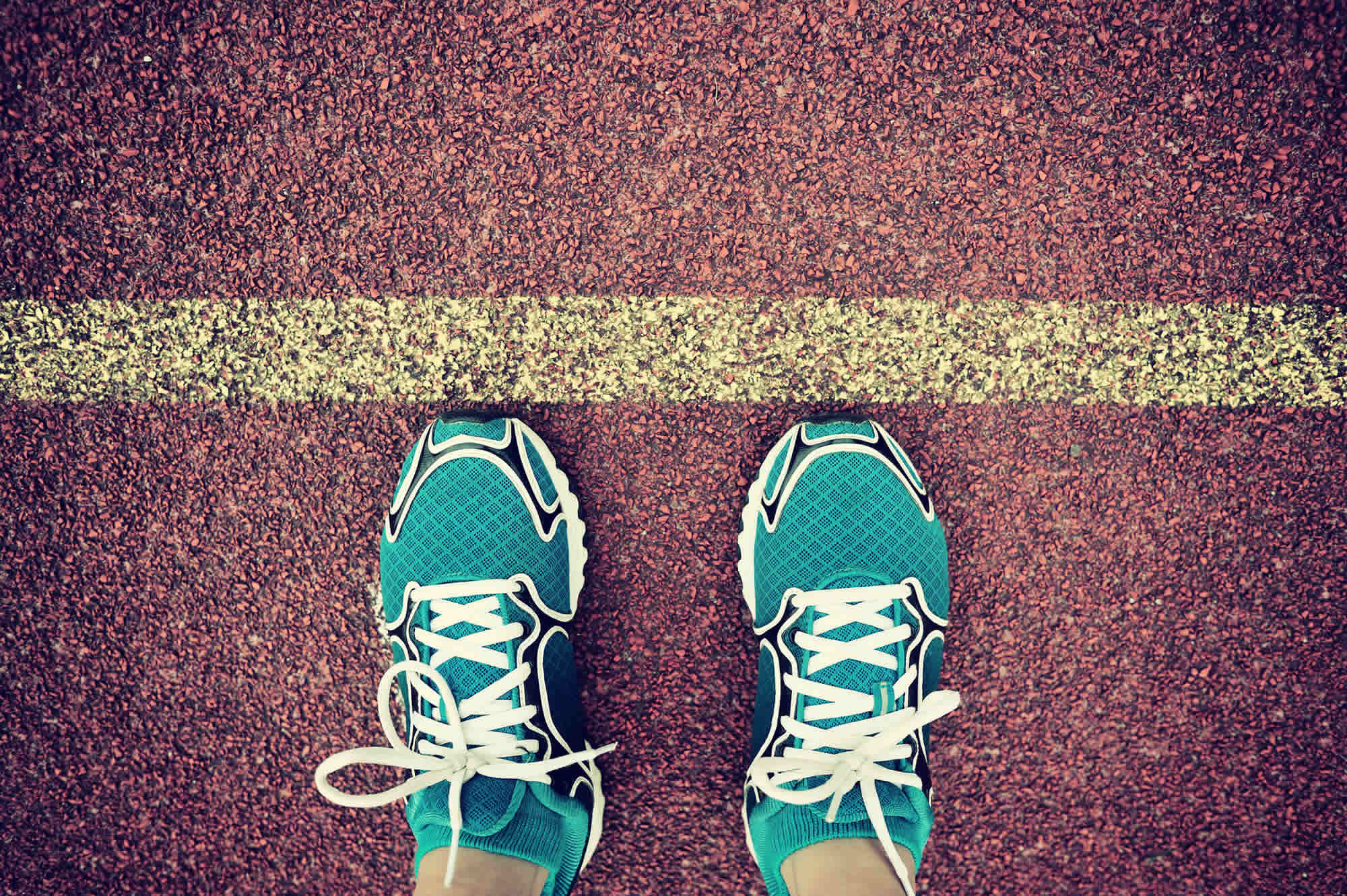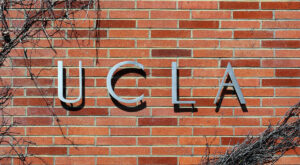Youth sports participation has been associated with a number of compelling advantages for kids, including promoting better physical health and preventing obesity, fostering stronger social skills, lowering anxiety and depression, and enhancing academic achievement. Unfortunately, teenage athletes are occasionally the targets of abuse, including sexual assault. In reality, the particular environment of youth sports may be particularly susceptible to abuse given the intimate and trusting ties that grow between children and their coaches, trainers, and other adults who are meant to safeguard their safety.
Some startling figures regarding sexual assault in young athletes’ sports were uncovered by research by Childhelp’s Speak Up Be Safe for Athletes initiative:
- It is estimated that 2-8% of young athletes had been sexually abused in some way. However, it’s probable that abuse goes mostly unreported.
- Ninety percent of victims of child sexual abuse are acquainted with the offender in some manner.
- According to research, 40–50% of adolescent athletes have been subjected to mistreatment of some kind, which can range from light harassment to serious abuse.
- Sexual assault may happen in all sports, at all educational levels, and regardless of a person’s gender, social status, religious beliefs, or ethnic or cultural background.
It can be challenging for parents of kids who play sports to determine whether their kids have experienced abuse since many youngsters are afraid or ashamed to speak up. However, the following cautionary indicators can suggest that abuse is taking place:
- missing exercises
- loss of enthusiasm for the game
- reduced academic performance
- withdrawal from family and friends
- altered eating patterns
- Physical ailment or mysterious injuries
- Mood swings, including newly manifested signs of anxiety or depression







